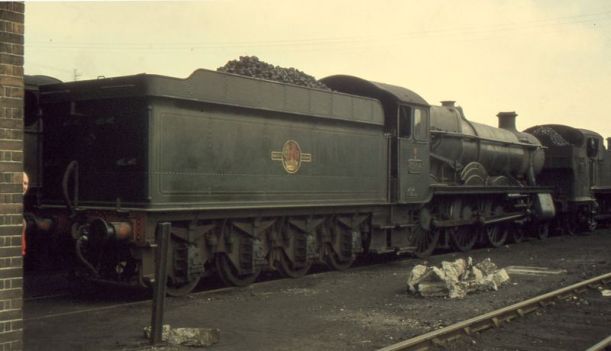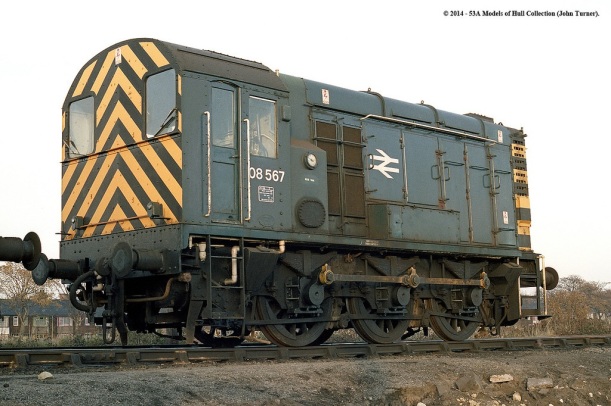As I said in an earlier post, my modelling appears to have currently reached a temporary hiatus. There is little I can do about it. I have two sons who are hardly independent, a job that has gone into overdrive, and, as my previous but one post said, I am getting to grips with the new pump world.
One of my regular readers, who happens to write a blog about modelling that does happen, said to me recently, “You like to have several projects on the go at once don’t you?” He may well be right, but I think my blog is misleading because I haven’t anywhere near as many projects actually on the go as I make out. Many have reached the drawing board and are no further.
This doesn’t concern me greatly, because the day will come when the kids are busy doing homework, and when not doing homework, chasing girls, and I will get some time to build things. All I am doing now is the planning.
Although I don’t get much modelling time, what I do get are 10 minute breaks between jobs in the office, and a lunch break where I need to think about anything but High Speed Rail in Canada, buying trains for Mexico, looking at recently scrapped trains in Australia, and has the right team won the latest franchises in the North of England (to give an example based on this week just endeth).
These 10 minute breaks are ideal for research. So for the last couple of weeks I have been resurrecting an idea I’ve had for some time to build a 1988 built steam loco in 009, and the last couple of days in amongst the hectic world of modern day Colonial railways, examining GWR tenders, Hawksworth ones in particular, both for my Pacific project and also for something else. These dabbles in online research keep the creative juices flowing and ensure I don’t end up in the loony bin.
More on 1988 steam locomotives and Hawksworth tenders another time. I may also do a piece on Hawksworth himself. The more I look into his work, the more I’m saddened he didn’t get a chance to show what he was really capable of.
One of the results of this week’s research: Did you know that Charles Collett did an 8 wheel version of his standard 6 wheel 4000 gallon tender? No I didn’t either. He only did one. I presume it was an experiment to see if you could get the same capacity on a wider route availability. Presumably it wasn’t worth the bother.
Anyway, here it is attached to a Hall.





















